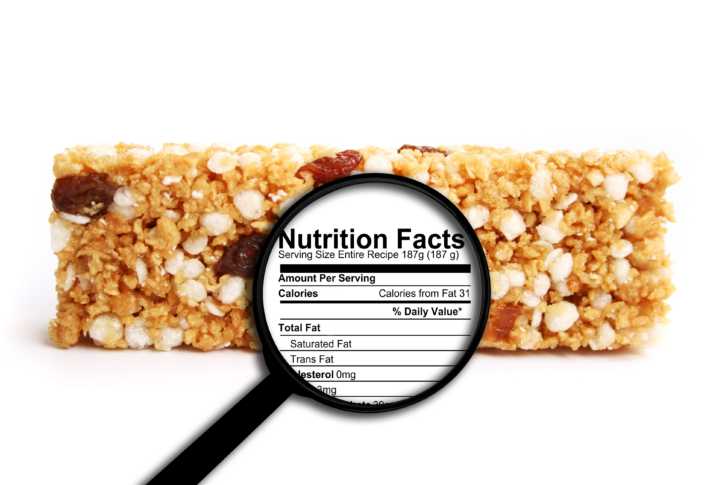7 Things You Need To Know About The New Nutrition Label
77% of U.S. adults report referencing the nutrition facts label when selecting groceries. Do they know how to use it?

The Nutrition Facts labels on packaged food has been around for almost 30 years. The Nutritional Labeling and Education Act of 1990 (NLEA) gave the Food and Drug Association (FDA) the authority to require nutrition labeling on packaged foods. The NLEA also laid out criteria for health claims made by products. The idea was that we, the consumers, would use this information to make life-changing – or health-changing – decisions. 20-some years later we see retrospectively that the Nutrition Facts label hasn’t decreased heart disease or cancer (these were the two targeted conditions with the birth of the NLEA) and that consumers either don’t use it or are confused by it.
77% of U.S. adults report referencing the nutrition facts label when selecting groceries, according to a 2014 report by the FDA. This includes consumers who report “sometimes” looking at the nutrition facts label and those who do “most of the time” as well as “always”. However, other research describes shoppers over-reporting how much they actually reference and use the Nutrition Facts label. One thing we know plays a role in the frequency of nutrition label reading is how user-friendly it is. Consumers who say they don’t consider the nutrition facts label when purchasing food describe either not caring or feeling too confused about how to interpret and use the information. A combination of label reading confusion and lack of health improvements since implementing the labels has led to a revamping of the old label. Is it more user-friendly? Decide for yourself.
The New Label
In May 2016, the FDA finalized new labeling requirements, giving food companies time to comply – the final comply-by date is January 1, 2021. The biggest changes are in the serving size and added sugars (back in the 90s, added sugars were seen as a health concern related only to tooth decay, so this wasn’t differentiated on the label). Also, you won’t miss the calorie info because it jumps out at you in bigger-than-the-rest-of-the-label bold print.
Let’s go through the label step-by-step so you can feel like a nutrition label wizard.
Serving Size

Do you know that the serving size reflects the typical amount consumed of this product and not the recommended serving size? While this has caused some controversy, it is what it is and it’s something to keep in mind.
The controversy is an interesting one: those in favor of the current practice say it better educates consumers on what they’re actually consuming – so when they see 360 calories in their energy drink, with a serving size of “one bottle”, there will be no confusion about what they’re getting. Versus if the label said, “2 servings” (but we normally drink the entire bottle) and the consumer sees 180 as the calories per serving, assuming this is the calorie content of the whole bottle. Opponents to the current labeling practice say that using commonly consumed amounts instead of a recommended amount as the portion size misleads consumers and encourages them to eat a larger amount. And the amounts we eat have increased since the 90s so a serving size of ice cream that was 1/2 cup will now be 2/3 cup.
Bottom line about serving size: use this info to inform your decision. It’s there to tell you how much nutrition is contained in the given amount.
SKM: below-content placeholderWhizzco for CRH

